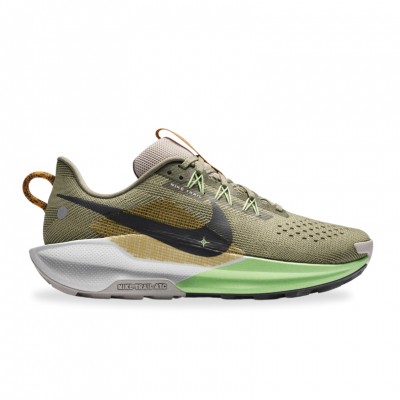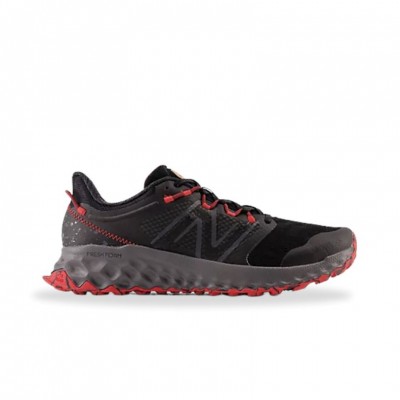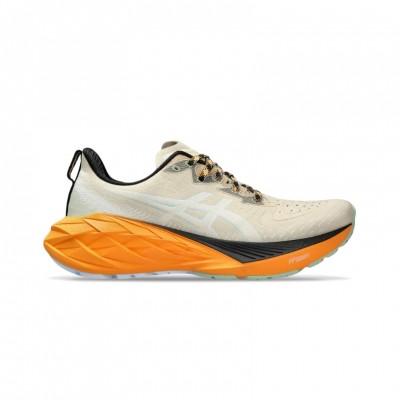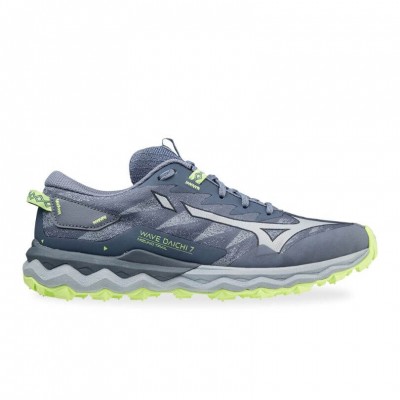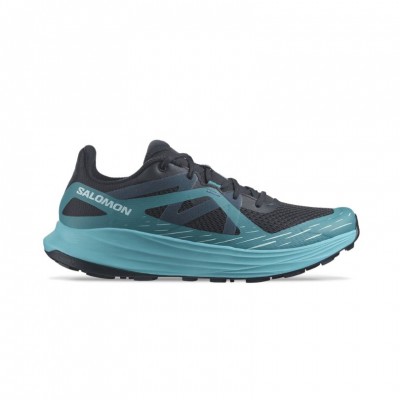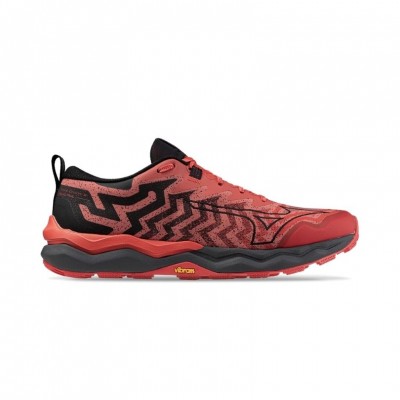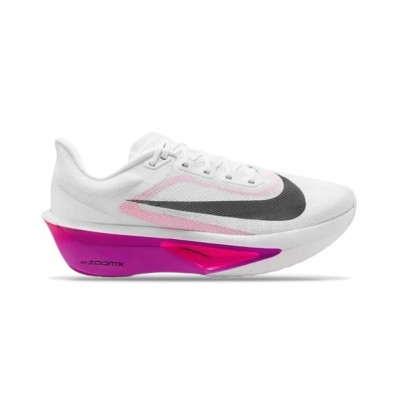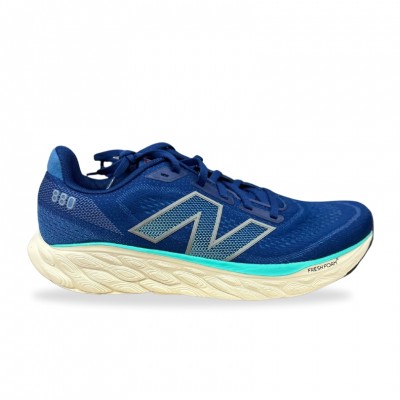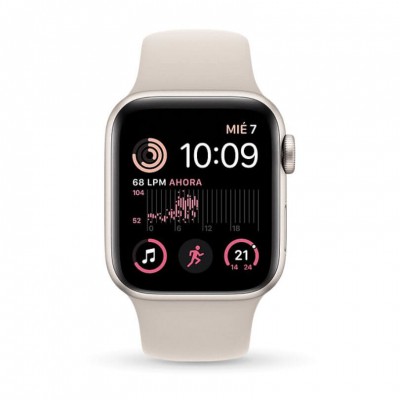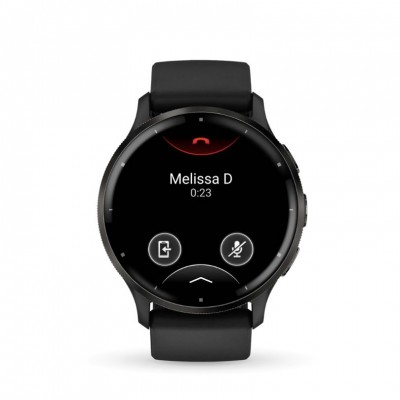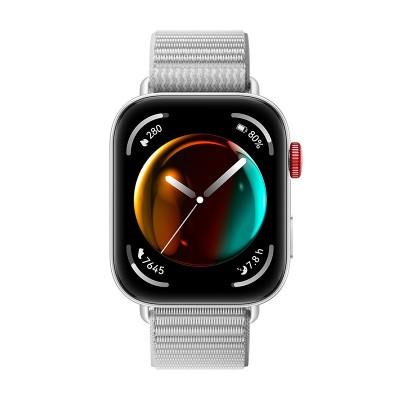That running has evolved into a social phenomenon is evident. We only have to look back at its origins as a physical activity practiced mainly by athletes and the military. In the 1960s and 1970s, with the rise of the fitness culture in the United States and the popularization of events such as the New York Marathon, running began to gain popularity among the general public. Jim Fixx, author of the best-selling book"The Complete Book of Running" (1977), played an important role in this movement, promoting running as an accessible means of improving health and quality of life in the Americas.
The practice of running has continued to grow ever since. With each decade, the number of people adopting this activity not only as a form of exercise, but as a way of life has increased. running has proven to be a versatile and accessible physical activity that does not require a large financial investment or sophisticated equipment, which has contributed to its global popularity. But what we are experiencing now goes beyond the concept of running and sport. We are talking about a movement linked to socialization. Welcome to the healthiest Tinder, sign up for running and make amatch.

The pandemic and the rise of social running
The COVID-19 pandemic played a key role in this transformation. With gyms closed and social activities limited, many people turned to running as a safe and effective way to stay active. What many did not anticipate, however, was the strong social component that would accompany this activity.
Running libre became an outlet, a way to deal with the stress of confinement and to connect with others in a safe way. Social networks and running apps, such as Strava, Nike Run Club or our RUNNEA app, allowed popular runners to share their achievements, routes and experiences, creating virtual communities of support and motivation.

Running clubs: the new spaces to socialize and more
But running clubs have also emerged as true epicenters for socializing. Laura Bernabé, a 29-year-old content creator from Salamanca, joined a running club looking for a community with similar interests when she moved to live in Madrid. "I joined to run and also to meet new people," Laura comments. "And the truth is that what I have found is a group of friends that transcends the sporting part."
Stories like Laura's are repeated all over the world. In cities such as Barcelona, London, New York or Los Angeles, running clubs not only promote physical activity, but also act as platforms for establishing new friendships and even romantic relationships. These clubs organize group runs and social events, such as meetings in local bars after the runs, which encourage interaction. A very obvious example in Spain is Brooks and its Brooks Afterwork Run. A space where we see how, in addition to running, people have a great time with music, snacks and good vibes.

Sports brands and the running boom
Sports brands have been able to capitalize on the social running boom. Virtually all major brands have developed products lines that not only enhance performance, but also reflect fashion and style trends. running shoes have become symbols of status and self-expression, and collaborations with fashion designers have taken this footwear to new heights in terms of popularity and, above all, desire. And we see that brands like Adidas for example, make iconic models in running as the Adidas Ultraboost saga become sneakers and shoes trend to wear, beyond the use that is given to them for running.
In addition, these brands have fostered community by organizing virtual events and challenges that connect runners from around the world. Marketing campaigns often highlight inspirational stories of runners, which not only promotes the products, but also strengthens the sense of community among users. Another example is the Adidas Runners community in different cities around the world.
Not sure which running shoe to choose?
In a few simple steps we help you to choose the ideal running shoe for you
Go to the Shoe FinderEmotional well-being through running
Running not only brings physical benefits, but also plays a key role in emotional well-being. Regular exercise releases endorphins, known as the "happiness hormones", which improve mood and reduce stress. For many, running has become a form of meditation in motion, a time to clear the mind and connect with oneself.
Running libre also offers the opportunity to enjoy nature, which has additional positive effects on mental health. Several studies have shown that spending time in natural environments can reduce stress levels and improve emotional well-being. In an increasingly digital and urbanized world, these moments of connection with nature are more valuable than ever.
The science behind social running
Science supports the idea that sport, and running in particular, can effectively foster social relationships. A study from MIT's Sloan School of Management revelthat workouts can be socially contagious. Analyzing data from a global social network of exercise routines, researchers found that runners tend to influence each other in terms of the frequency, distance and speed of their workouts. If a runner increases their workout time by 10 minutes, their friends tend to increase their own workout by about three minutes.
What this social influence fosters is a supportive and motivating environment, where each member of the group strives to improve and achieve their goals. This type of friendly competition and desire to not fall behind drives runners to constantly improve themselves but without the pressure of putting on a bib.

In addition, group exercise creates a sense of belonging and community. The endorphins released during exercise not only improve mood, but also increase sociability, making people more open and receptive to new connections. Running together involves sharing an experience of vulnerability and effort, which strengthens bonds by generating empathy and mutual admiration. An environment that can undoubtedly foster relationships beyond those purely linked to running...
The scientific evidence of the social impact of running
If you still don't believe it, we're going to give you more data. The impact of running on social relationships is backed up by scientific research. According to a study published in the journal Nature Communications, exercise behavior can be influenced by social connections. Researchers found that a person's physical activity can be significantly influenced by the activity of their friends and contacts in social exercise networks. This phenomenon, known as "social contagion," suggests that by being in an environment where physical activity is the norm, people are more motivated to stay active.
Another study conducted by Oxford University found that team sports and group physical activities, such as club running, can increase social cohesion and a sense of community. Apparently, participants in group physical activities report higher levels of satisfaction with their lives and a greater connection to their communities compared to those who played sports individually.
So now you know, running can serve as a powerful catalyst for forming and strengthening social relationships, and doesn't that sound like a good excuse to put on your running shoes and go for a run?
The future of social running

Although we've heard that the number of races has declined, running shoes sales have continued to grow. Social running is showing signs of acceleration. Sports brands will continue to explore new ways to integrate running into fashion and popular culture, developing customized and sustainable products that appeal to an ever-wider audience.
In addition, urban infrastructure is adapting to support the growth of running. More and more cities are investing in the creation of parks, trails and safe routes for runners, promoting an active and healthy lifestyle. These improvements will benefit runners, and also contribute to the overall well-being of the community by providing green and accessible spaces for all.
But that's not all. In Europe we are already seeing how the culture of running beyond running will continue to grow. Meeting people, looking for new experiences, feeling part of a group if we combine it with health and wellness and complement it with fashion that makes us increase the bond with our sport, can only lead to one thing... Long live social running. Goodbye Tinder, hello running.
Read more news about: Running News


